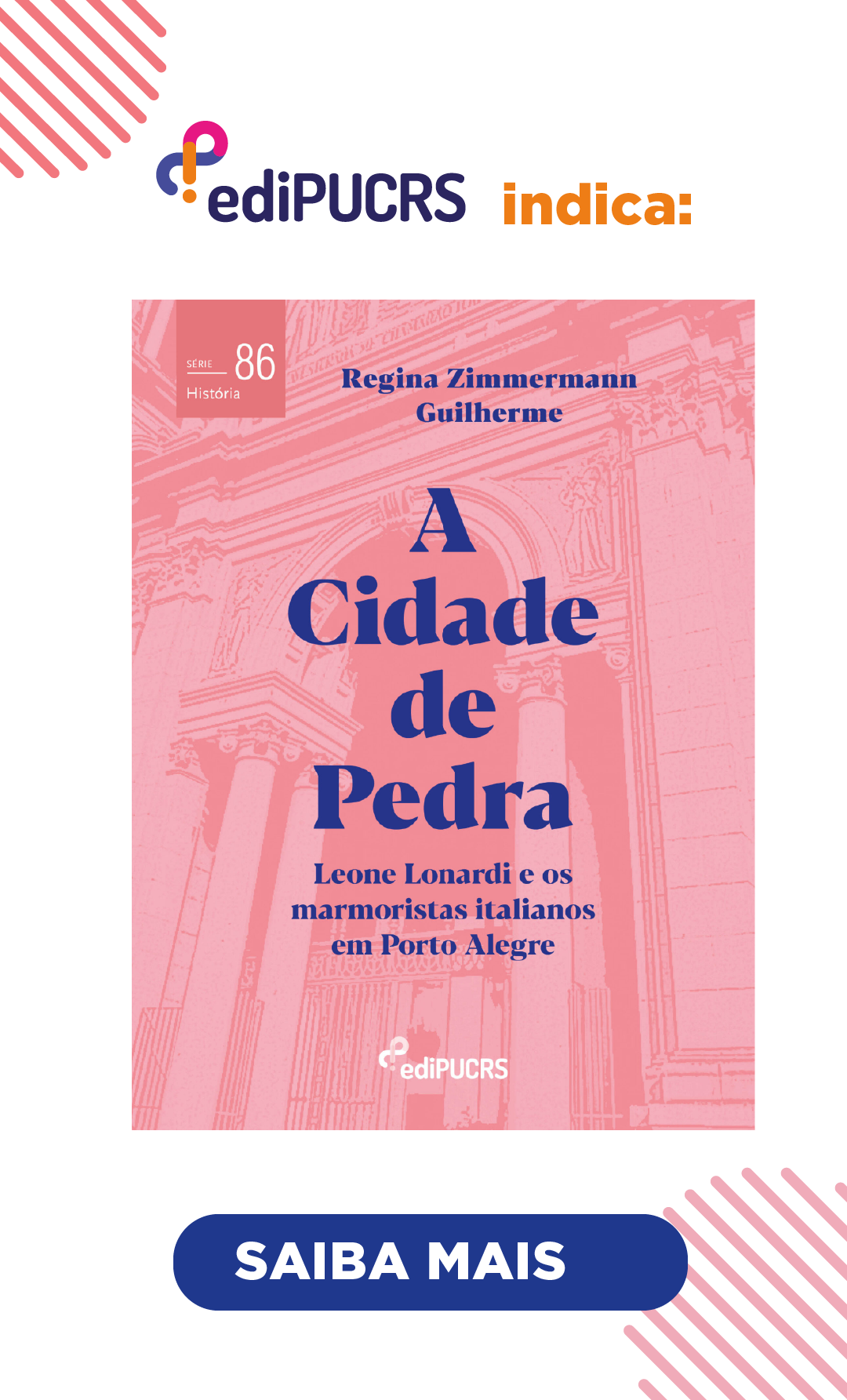Cartas de Norteamerica: Life en Español and the Cultural Cold War (1953-1957)
DOI:
https://doi.org/10.15448/1980-864X.2019.3.33287Keywords:
Latin America. Press. Cold War. Anti-communism. Life en Español.Abstract
In 1953, in the middle of the Cold War, Time-Life’s US-based Life magazine launched a Spanish-language version aimed at getting closer to the Latin American public, spreading the American way, Americanism and promote anti communism in the subcontinent. The period was notable by a series of organizations and treaties with the propose of regulating inter-American relations, under the hegemony of the United States. It is also characterized by the implementation of state agencies and programs designed to promote a cultural policy intended to achieve global hegemony, a strategy called “psychological warfare”. Life en Español magazine, directed by Henry Luce, integrated the wide network of collaborators who helped to realize this politicalcultural project of the United States. In this sense, from the theoretical perspective of Soft Power by Joseph Nye, the article discusses the relation of the publication in the Spanish language with the North American strategic objectives in the cultural field.
Downloads
References
ANDERSON, Perry. A política externa norte-americana e seus teóricos. São Paulo: Boitempo Editorial, 2015.
BARDIN, Laurence. Análise de conteúdo. Lisboa: Edições 70, 1977.
BOURDIEU, Pierre. O Poder Simbólico. 10. ed. Rio de Janeiro: Bertrand do Brasil, 2007.
BRINKLEY, Alan. The Publisher: Henry Luce and his American Century. New York: Alfred A. Knopf, 2010.
CHAVES, Wanderson. As agendas culturais da Guerra Fria e o Programa Ideológico: a Cia e a Fundação Ford na atração as elites culturais. Revista Angelus Novus, São Paulo, ano VI, n. 9, p. 123-152, 2015.
JOVCHELOVITCH, Sandra. Representações Sociais e Esfera Pública: a construção simbólica dos espaços públicos no Brasil. Petrópolis. Rio de Janeiro: Vozes, 2000.
MORAES, Roque. Análise de Conteúdo. Revista Educação, Porto Alegre, ano XXII, n. 37, p. 7-32, mar. 1999.
NIÑO, Antonio. Uso y abuso de las relaciones culturales en la política internacional. Ayer, Madrid, v. 75, n. 3, p. 25-61, 2009.
NYE Jr., Joseph S. Bound to Lead: The Changing Nature of American Power. New York: Basic Book, 1990.
RAMOS, Leonardo; ZAHRAN, Geraldo. Da Hegemonia ao poder brando: implicações de uma mudança conceitual. Cena Internacional, ano 8, n. 1, p. 134-15, 7 jun. 2006.
RODRÍGUEZ AGUDO, Luis. La Guerra Fría cultural: soft power, propaganda y diplomacia pública en un mundo enfrentado. Repositorio Abierto de La Universidad de Cantabria, Espanha, 2016. Disponível em: https://repositorio.unican.es/xmlui/handle/10902/9292. Acesso em: 01 fev. 2019.
SAUNDERS, Frances Stonor. La Cia e La Guerra Fria Cultural. Madrid: Editorial Debate 2001.
SAUNDERS, Frances Stonor. Quem pagou a conta? A CIA na guerra fria da cultura. Rio de janeiro: Record, 2008.
SILVA, Graciela Fabrício da. O que fazer com castro: Time, Life e a Revolução Cubana (1959 -1962). Dissertação (Mestrado) – Universidade Federal Fluminense, Niterói, 2012.
THOMPSON, John B. A Mídia e a Modernidade: uma teoria social da mídia. Rio de Janeiro: Vozes, 2005.
VALENTE, Leonardo; SANTORO, Maurício. A diplomacia midiática do Governo Hugo Chavez. Revista Espaço Acadêmico, [S. l.], n. 60, maio, 2006.
Downloads
Published
How to Cite
Issue
Section
License
Copyright (c) 2019 Marlise Regina Meyrer

This work is licensed under a Creative Commons Attribution 4.0 International License.
Copyright
The submission of originals to Estudos Ibero-Americanos implies the transfer by the authors of the right for publication. Authors retain copyright and grant the journal right of first publication. If the authors wish to include the same data into another publication, they must cite Estudos Ibero-Americanos as the site of original publication.
Creative Commons License
Except where otherwise specified, material published in this journal is licensed under a Creative Commons Attribution 4.0 International license, which allows unrestricted use, distribution and reproduction in any medium, provided the original publication is correctly cited.






